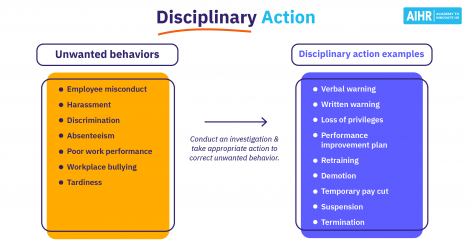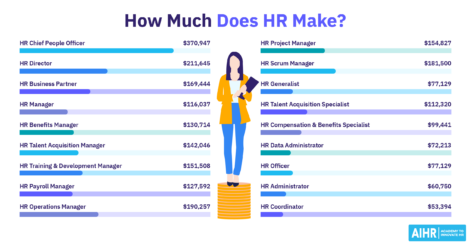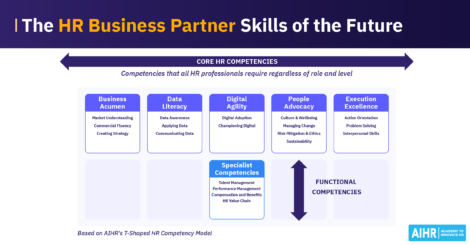The Grievance Procedure Explained
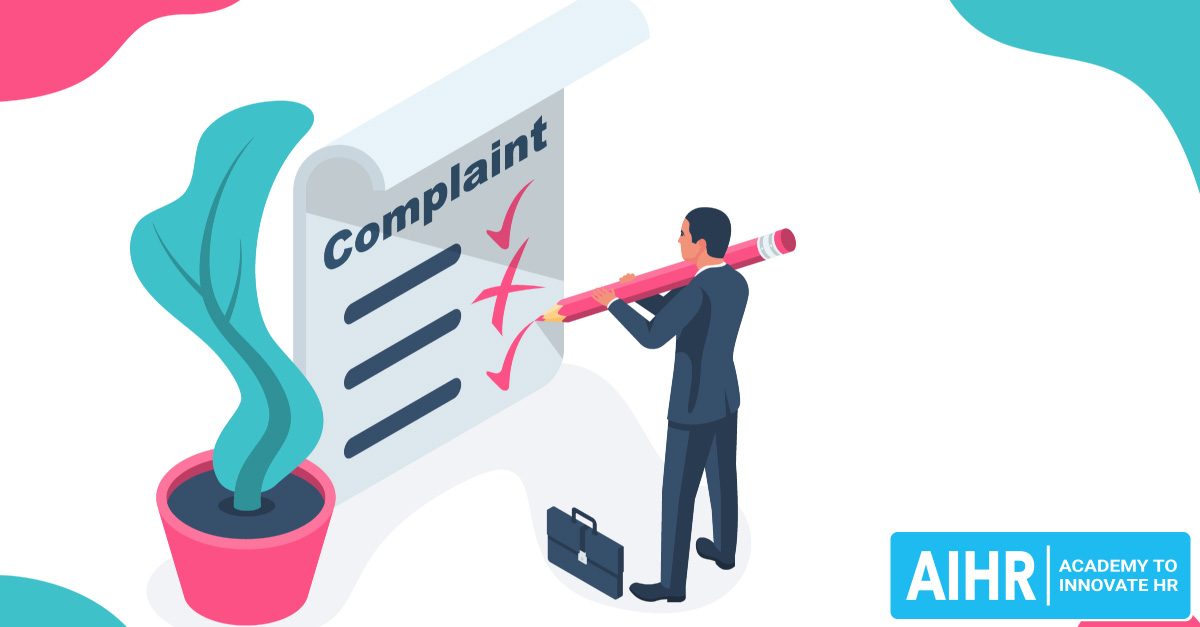
If something unfair happens to employees at work, their company may have a formal procedure called a grievance that they could file. In this article, we will explain how companies use grievance procedures.
Contents
What is a grievance procedure?
Grievance procedures; the pros and cons
Grievance procedure: 6 steps
How long should a grievance procedure take?
On a final note
FAQ
What is a grievance procedure? A definition
When an employee feels that they’ve been wronged – be it an unfair paycheck, an unpleasant assignment, or sexual harassment, they can file a grievance with the company they work for. This is a formal complaint procedure that generally has rules that the investigator must follow.
Different companies have different procedures and rules. Often, grievance procedures are spelled out in contracts, and so they must be followed.
Ideally, companies should investigate all complaints, but often employees don’t care enough to enter into a formal procedure, or Human Resources (or supervisor or a grievance committee) ignores informal complaints.
A grievance, however, documents that there is a problem. Should the company not resolve the concern, the employee can generally use the documentation in legal action.
Grievance procedures; the pros and cons
As with everything, having a grievance procedure in place comes with its own set of pros – and cons both for the employees and the organization they work for. Let’s start with the benefits.
Pros
- The procedure is set and formal. When an employee files a complaint, they know what steps the company will take.
- The grievance and the resulting conclusion are documented.
- Written filings make it difficult for companies to ignore or dismiss complaints. They cannot say, “oh, we didn’t know that there was a racial discrimination problem,” because the paperwork will exist.
- The process can be (but doesn’t have to be) quite transparent, allowing the complainant to know precisely how the company reached its conclusion.
- In union situations, the employee can be represented by a professional union representative or attorney at no cost to themselves, leveling the playing field a bit.
In terms of cons, you can think of the following examples:
Cons
- The formal procedure may discourage employees from complaining about minor things, even if the supervisor or company should fix them. It may also discourage a supervisor from taking a complaint seriously if it’s not written down.
- Depending on procedures and contracts, the investigation and resolution can take a long time and drag a situation out endlessly.
- An employee can use the procedures to bog down a company and create endless paperwork. Because rules often require investigating every complaint (and often prohibit retaliation against the complainant), it can be used to attack an individual or the company.
Grievance procedure: 6 steps
While no two companies have to have the same grievance procedure, here is a general guide to how they go.
- The employee makes a formal, written complaint. A company may provide a form (online or on paper), or the employee may write something up by email or freehand. Regardless, grievances are formal complaints and are generally written. An employee can present a verbal complaint, but then the HR person/supervisor would write down the employee’s statement, creating a formal document.
This document will be the guiding document throughout the procedure. While the employee will (most likely) be interviewed as part of later steps, the employee should include as much information as possible, including names and dates (approximate dates should be accepted.) - Once the employee files the grievance, a formal investigation begins. How this occurs can vary wildly depending on the type of complaint. If the employee complaint is an inaccurate paycheck, a call to payroll and a look at the timecards can often resolve the issue within minutes. If the claim is that a senior manager has been sexually harassing the employee, a lengthy investigation with many interviews, viewing of security films, auditing emails, etc., can all be part of the investigation.
Some investigations can be handled directly by the supervisor or the HR person tasked with the job, while others may require an outside expert. - The investigator writes a conclusion. This may be a black-and-white situation – for instance, with unpaid overtime, finding unprocessed time cards definitively shows that the employee is right. In a case of discrimination or harassment, the conclusion can be in the gray area. You may find that the employee’s coworkers used racial epithets in a fight with the complainant. But, you may also find out that the complainant also used racial epithets in the argument. The conclusion may not be what the complainant expected.
- A mediator can be called in. This is often the case when the grievance procedure is dictated in a union or other contract. The mediator works with both the employee and the business to come to a conclusion. In some cases, the company may have no formal conclusion before meeting with the mediator. In this case, both sides present their case to the mediator, and the mediator helps them find a solution.
In the case of a union contract, the union often represents the employee in formal grievance procedures. In mediation, the union representative (and possibly a lawyer) would accompany the employee and plead their case. - There are consequences. Whether there is a formal agreement made during mediation or the investigator makes a formal recommendation that the company accepts, the company and employee take some action. It can be a simple action, or someone can lose their job.
- If the employee is not satisfied, and there is no contract prohibiting a court case (some contracts require mediation to be the final word), the employee can take his grievance to the courts.
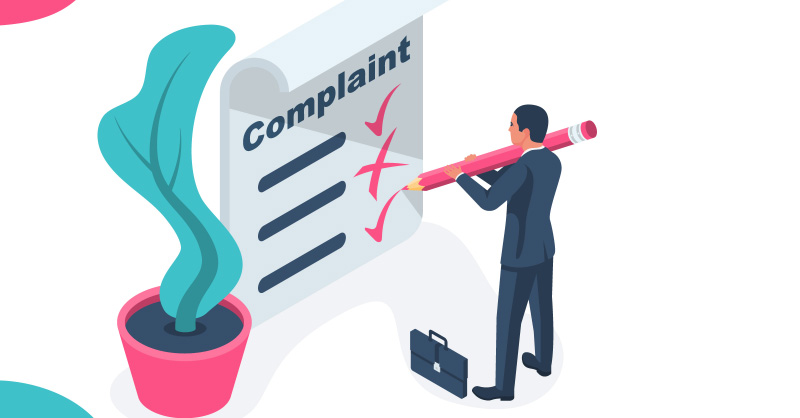
How long should a grievance procedure take?
This is heavily dependent on the situation at hand. When the complaint is something complicated or with a long history, it may take months to resolve a concern. A grievance filed over a one-time incident can be resolved within a matter of hours.
If you are complaining about racial discrimination, sexual harassment, or bullying, you can expect that the procedures will take months. The investigation will involve multiple people and will take a great deal of time.
The person conducting the investigation can give an estimated timeline to you if you are concerned about timing.
On a final note
Even if your company doesn’t have a formal grievance procedure, all companies should have a way for employees to file complaints, especially regarding things that are illegal. If your organization has nothing in place yet, it’s time to start creating a (simple) policy.
FAQ
When an employee feels that they’ve been wronged – be it an unfair paycheck, an unpleasant assignment, or sexual harassment, they can file a grievance with the company they work for. This is a formal complaint procedure that generally has rules that the investigator must follow.
This is heavily dependent on the situation at hand. When the complaint is something complicated or with a long history, it may take months to resolve a concern. A grievance filed over a one-time incident can be resolved within a matter of hours.
The exact process will vary per company but, usually, it will look something like this 1) the employee makes a formal, written complaint 2) an official investigation begins 3) the investigator writes a conclusion 4) a mediator may be called in 5) there are consequences 6) if the employee isn’t happy with the outcome, they can take their grievance to court.
Weekly update
Stay up-to-date with the latest news, trends, and resources in HR
Learn more
Related articles
Are you ready for the future of HR?
Learn modern and relevant HR skills, online






